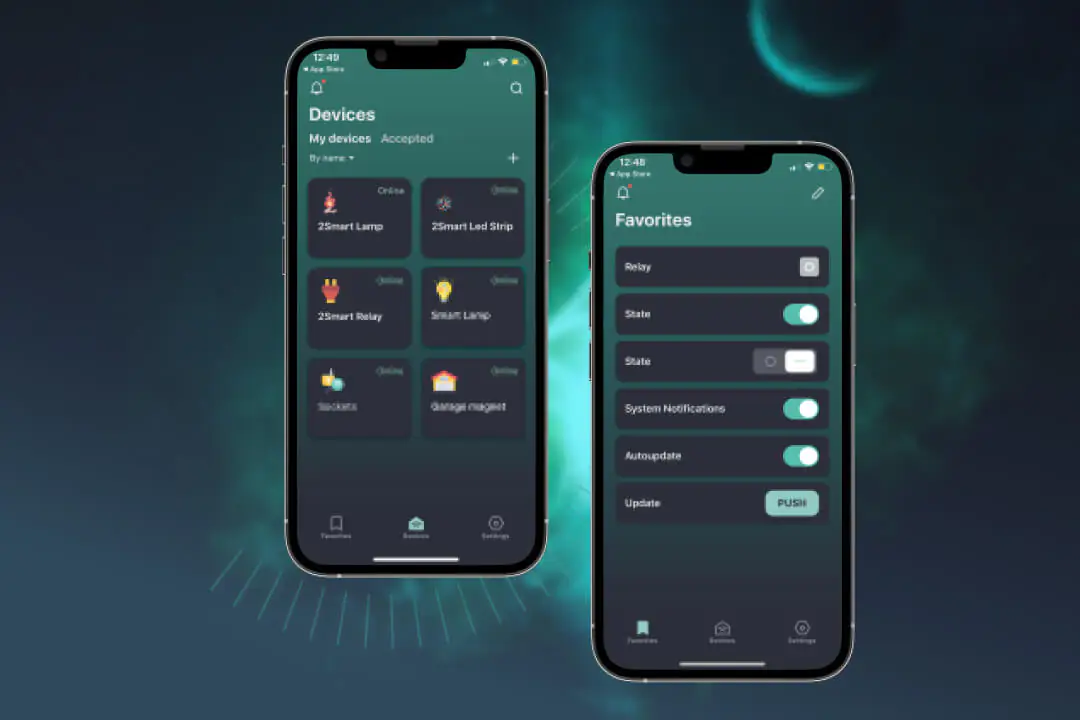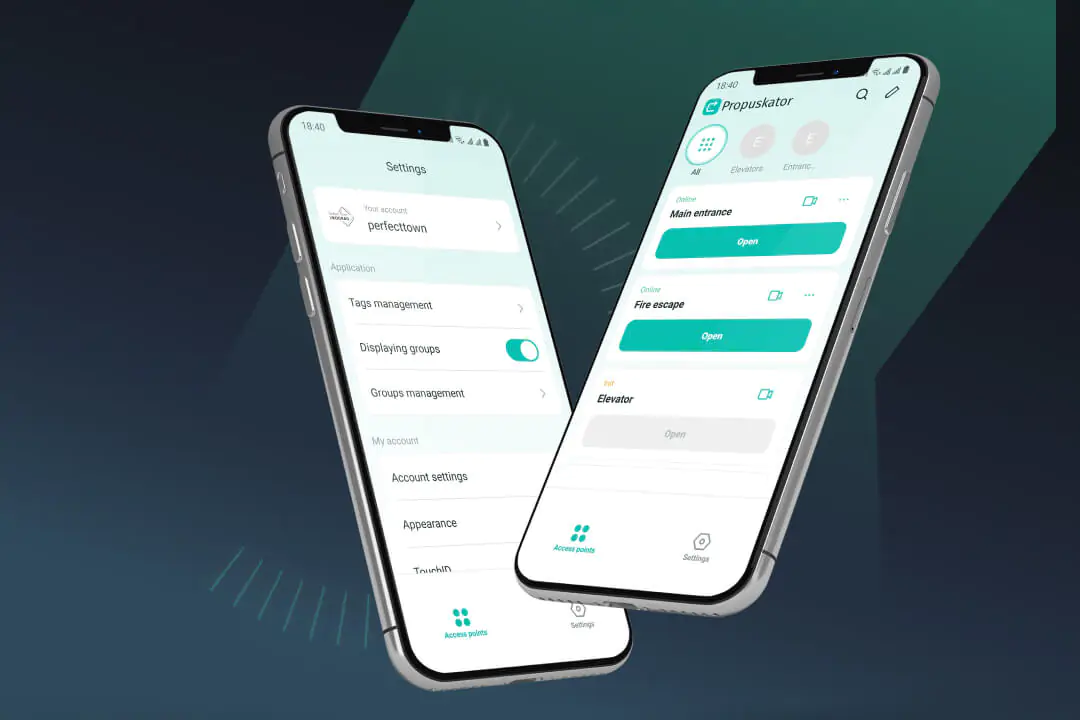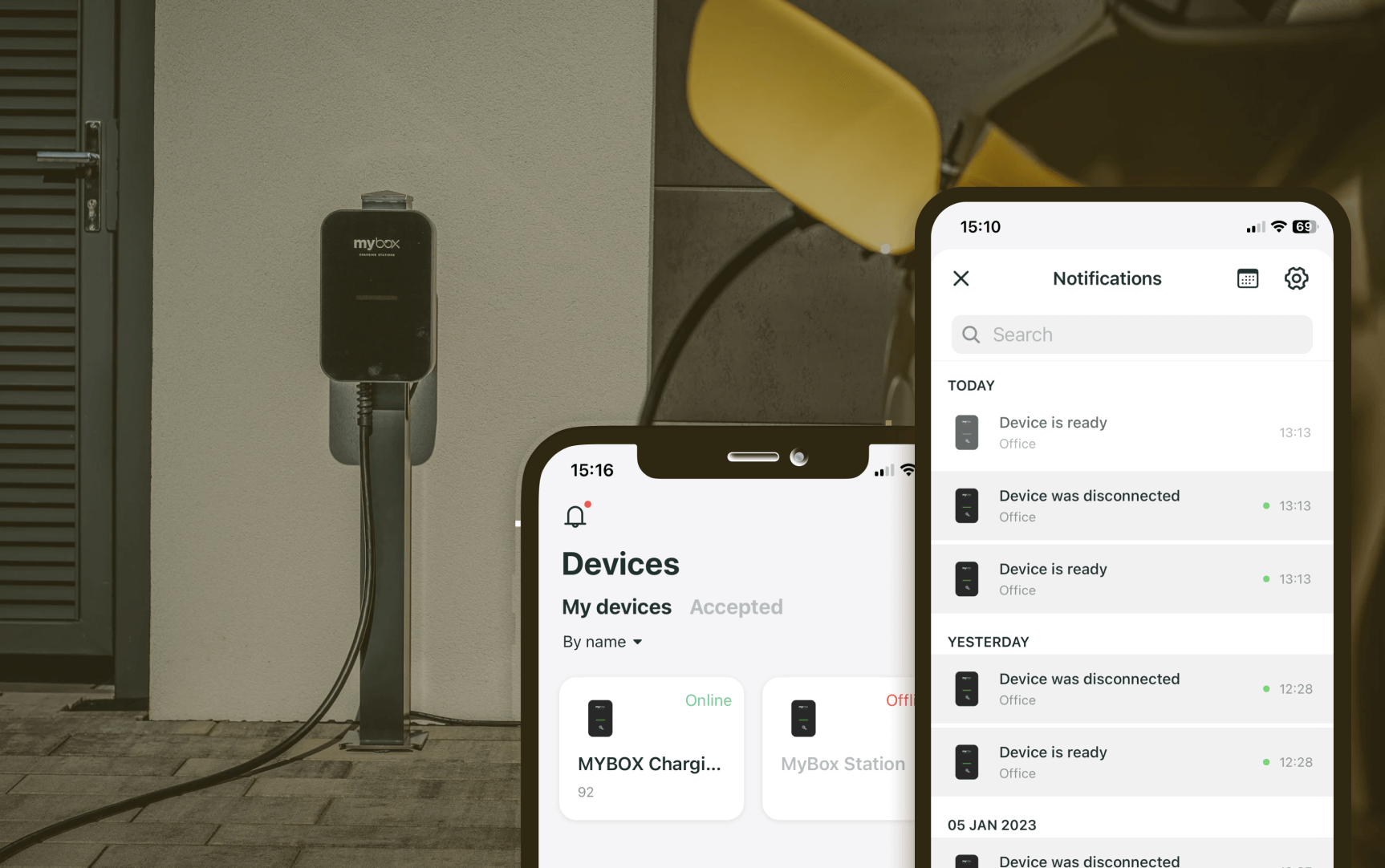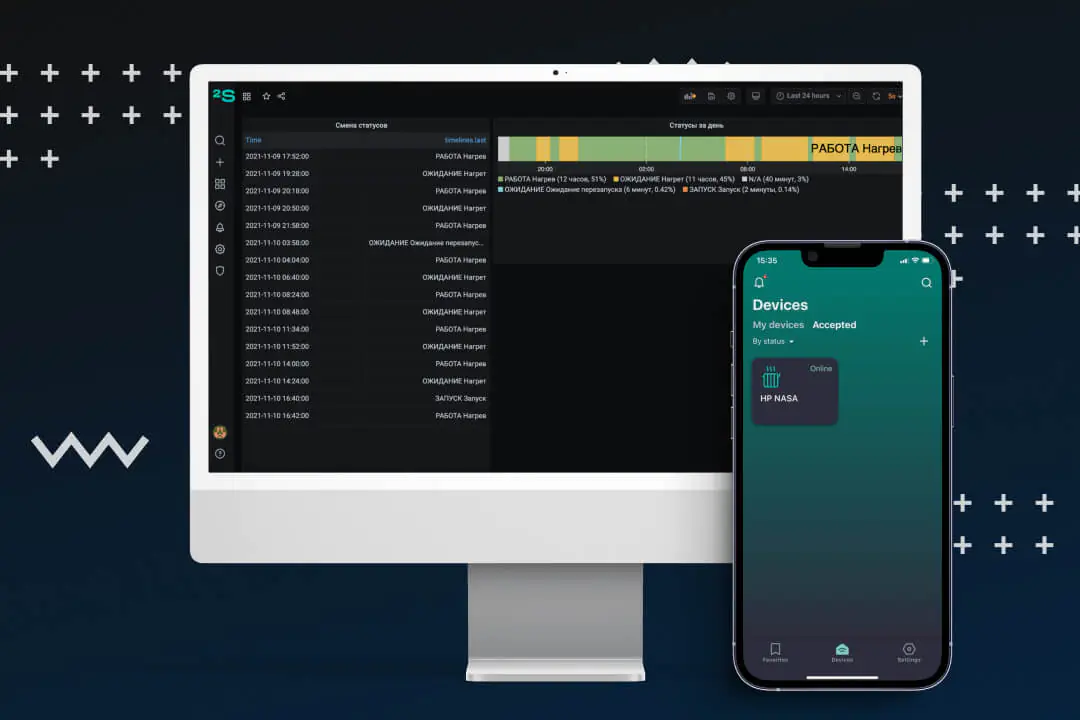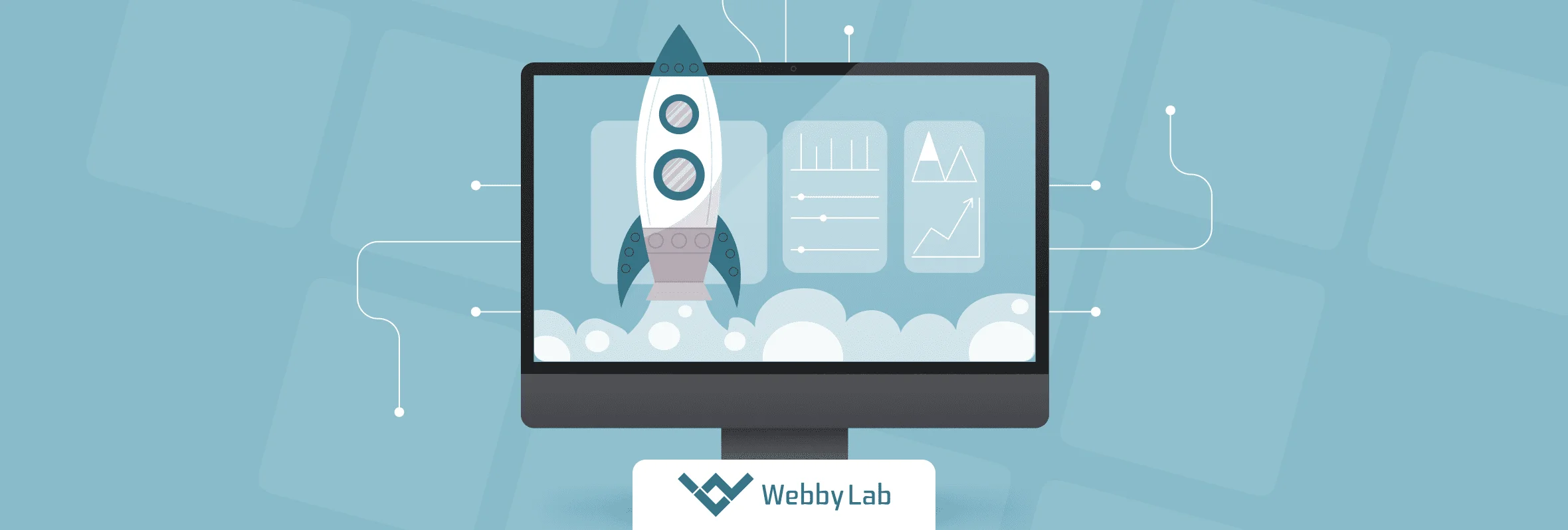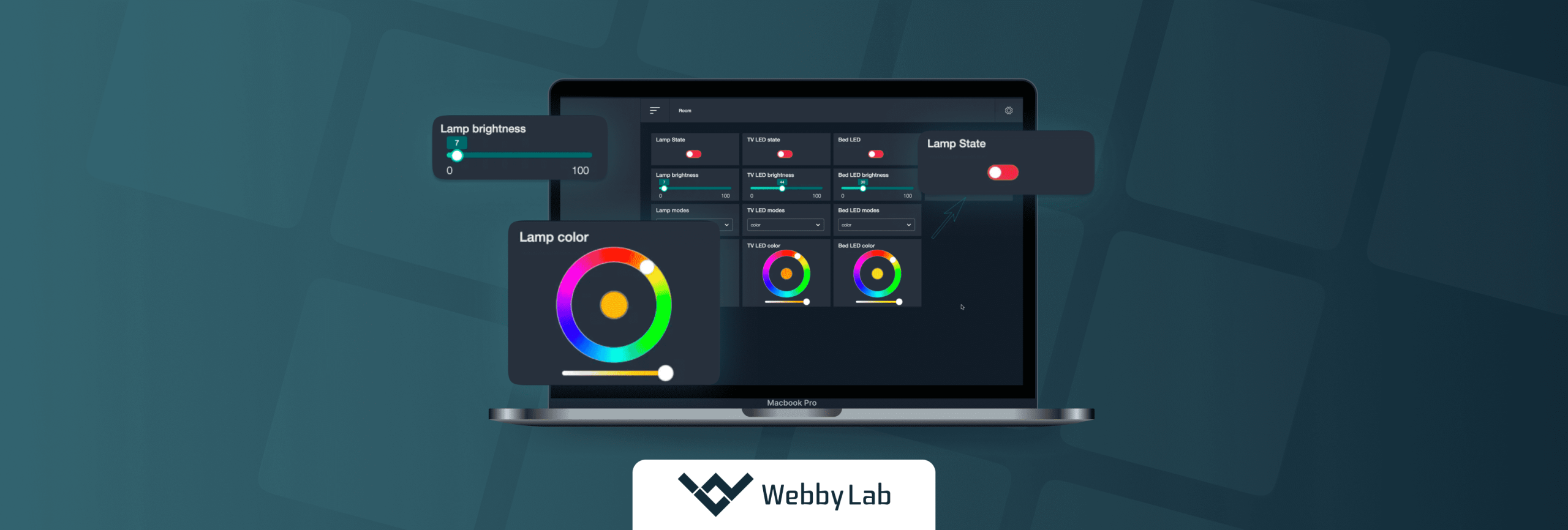Our IoT application development company boasts highly skilled and experienced developers offering:
- Innovative and efficient solutions
- Deep cross-domain expertise
- Client-centric cooperation
The IoT app development services costs typically start from $15,000. Prices vary depending on factors like project type (prototype, MVP, or full IoT product), complexity, and development approach. For more details on pricing, check our blog article or contact us for a custom estimate.
It’s hard to calculate the time spent on custom IoT app development accurately. From our experience, the process takes from 3 months onwards, depending on the project’s scope, requirements, and how quickly we get the input we need (dependencies on manufacturing, hardware, and any 3rd party). Get more info on IoT application development by contacting our team.
With years of IoT app development experience, expertise in related areas, responsive communication, and transparent processes, we can help you create complex IoT solutions. Leveraging sensor and connectivity technology, we drive new revenue and efficiencies for your business.
We don’t limit the list of technologies we use in our Internet of Things application development services. However, our primary tech stack includes MQTT for implementing communication between devices, clients, and system services.
Absolutely! Our IoT application development agency delivers apps for these and numerous other industries. Learn more in our portfolio.
Depending on the app usage requirements, we select tailored security measures to protect information during transmission in local networks, between devices and the cloud, and between the cloud and client and other apps. These measures include data encryption, authentication and authorization, secure storage, regular updates, and monitoring.
Our IoT mobile application development company provides various integrations with custom and existing devices using their available integration methods, whether through native connection or third-party services.
Our Internet of Things app development company selects the most suitable methodologies for each project. However, we prefer the agile approach for continuous collaboration, the ability to achieve expected results, and the prompt response to changes in real time.
2Smart Standalone, 2Smart Cloud, Propuskator, Ezlo, and MyBox are just several successful IoT applications developed by WebbyLab. If you want to create an IoT app that truly stands out, reach out to us for a quick consultation.
Our checklist on how to develop IoT applications that deliver top-level security includes encryption, device authentication, and regular OTA updates.
The proven way to accelerate IoT app development is to entrust the development process to professionals with enough expertise and skills to create projects of different scopes and complexity. They feature technical know-how in creating IoT applications and can deliver the standard project in a few weeks. If you’re creating an app for the Internet of Things with your in-house team, closing the skills gap with employee onboarding is possible. It can significantly optimize the workflow without sacrificing the quality of your product.
To optimize the custom IoT application design cost, choose the most relevant SoC and consider optimal battery requirements and BoM cost. Additionally, professional IoT app developers recommend reviewing manufacturing costs and understanding the non-recurring expenses of your end product, which can significantly reduce the final product’s price.
Certainly, IoT apps can be developed for both Android and iOS platforms using different programming languages and development frameworks.
The IoT solutions are getting more complex and functional, transforming IoT app frameworks from optional solutions to must-have tools. Many IoT application frameworks of varying approaches are designed to manage the complexities of IoT app development. While some provide a structure to work inside, others offer enterprise-level data analysis and control.
Discover the basics of IoT app development and how to launch your custom IoT solution with maximum efficiency by reading a guide by WebbyLab!
The Internet of Things (IoT) opens up many opportunities across different industries and has strong development potential for the upcoming years.
Discover essential steps to develop an IoT MVP. Strategies, tools, and practical advice for creating a successful Internet of Things-based MVP.
Why Do You Need an IoT Dashboard? The development of a control panel for IoT devices, or an IoT monitoring dashboard, is integral to any…
Don’t just imagine it. Build your custom IoT app! Fill out the form to get top IoT application services from WebbyLab.
Head of IoT at Webbylab
2025 WEBBYLAB LTD. All rights reserved.
